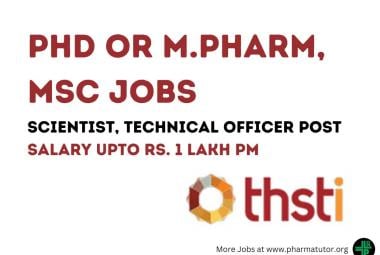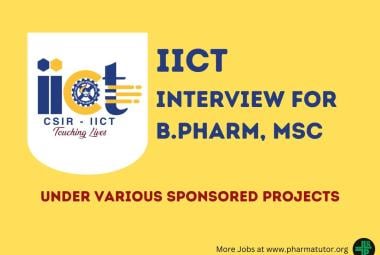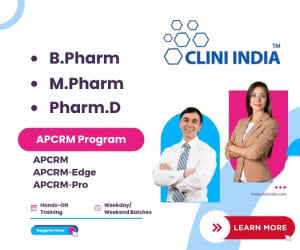A NOVEL TRANSDERMAL PATCH OF LAMIVUDINE: IN VITRO- IN VIVO CHARACTERIZATION
{ DOWNLOAD AS PDF }
 About Authors:
About Authors:
*R. Natarajan., Abirami. M, , Pavan kumar J, G. Murugananthan
Department of Pharmaceutics & research
Swamy Vivekanandha College of pharmacy
Tamil Nadu, India
*svcpnatarajan@gmail.com
ABSTRACT
The work was carried out to formulate and evaluate the matrix transdermal patches of Lamivudine for the controlled delivery of drug in the body. The transdermal patches were prepared by the solvent casting method using Span-80 as a permeation enhancer and were prepared in different drug: polymer (Lamivudine: HPMC and Lamivudine: EC) ratios of 1:2.5, 1:5, without permeation enhancers and with permeation enhancers. The prepared transdermal patch were found to be good physicochemical properties, shows no skin irritation on the rat skin and subjected to in vitro drug permeation study by using rat skin in phosphate buffer pH 7.4 for 24 hours. The comparative statistical analytical data (ANOVA) showed ‘p’ value < 0.0001 which suggest that the prepared formulation are extremely significant for transdermal delivery. The formulation (FPE2) ratio 1:5 of (Lamivudine: HPMC) patch with permeation enhancer showed best result among all the formulation. This formulation (FPE2) was subjected to in-vivo studies by using rat. The in-vivo studies of the patches were administrated transdermally to rat skin and while a standard solution of 10μg/ml was used as a control, and collected the plasma drug sample at different time interval and analyzed by HPLC. The in-vitro in-vivo correlation studies shows the regression value (R) 0.863 and correlated and to be linear.



 About Authors:
About Authors:











.png)

